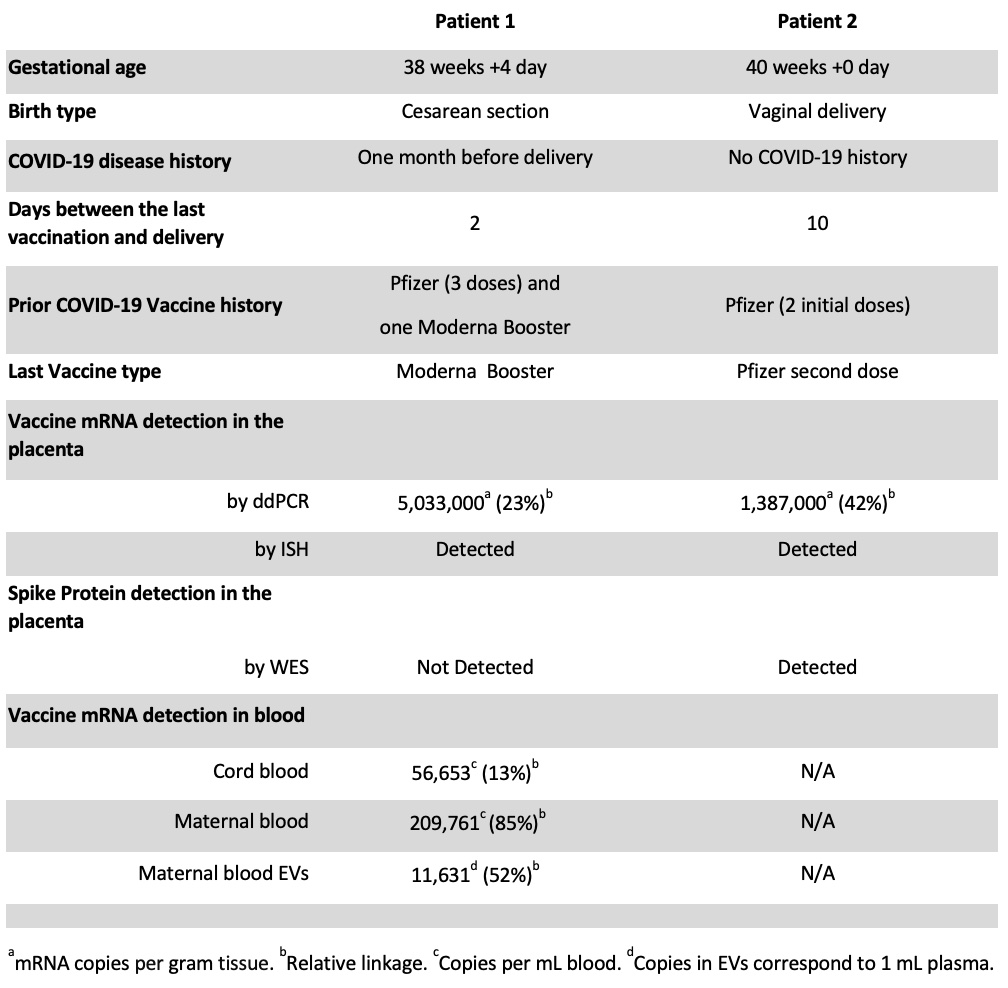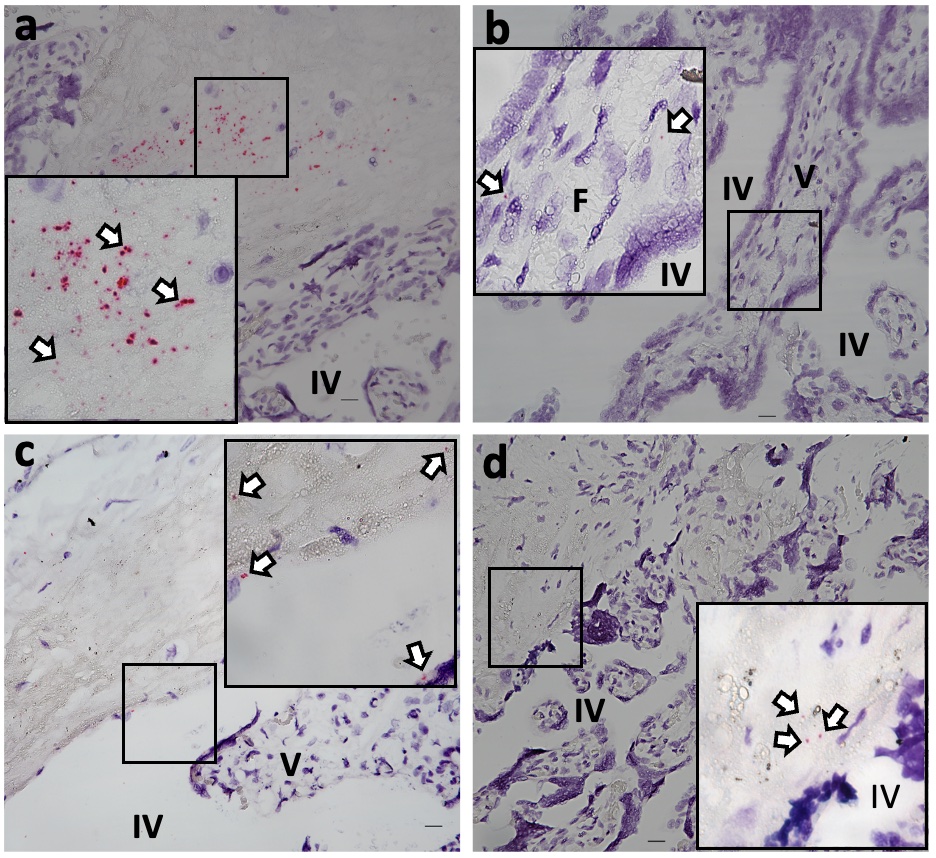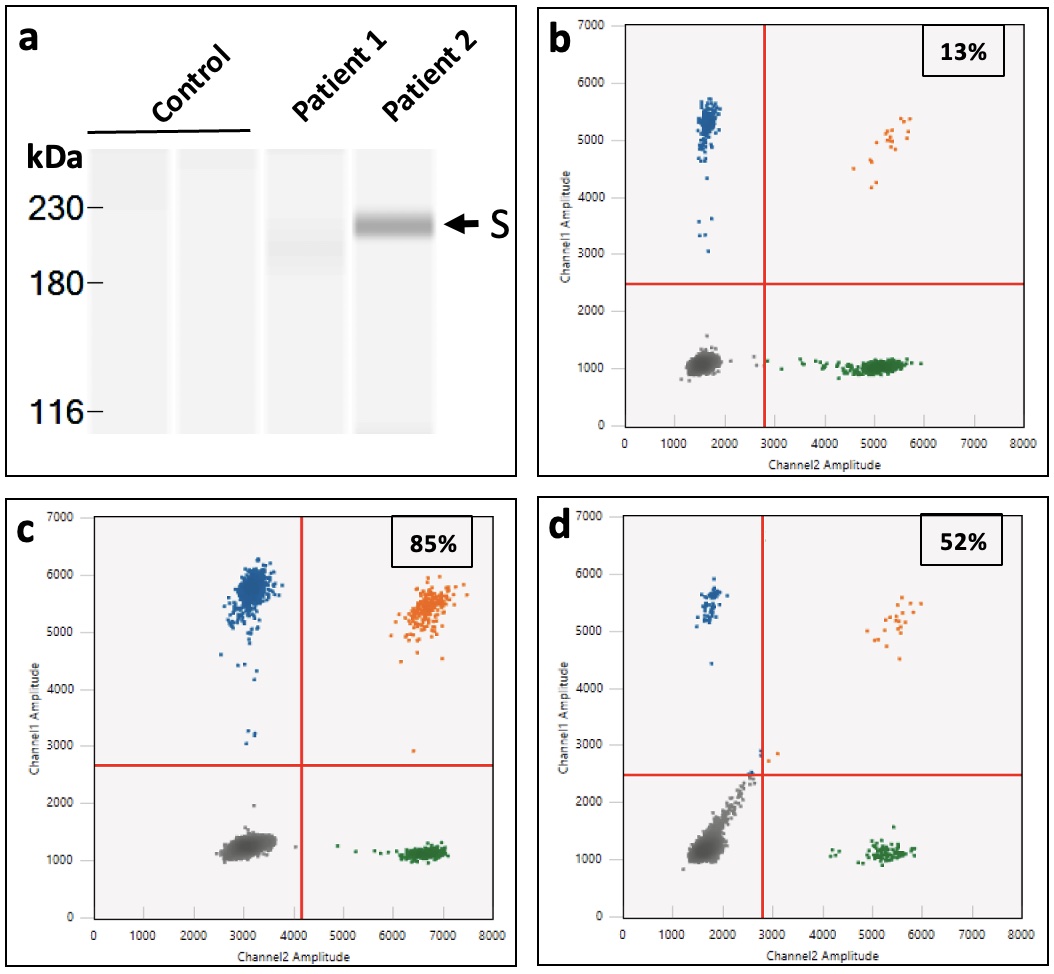Infectious Diseases
Session: Infectious Diseases 1
576 - Evidence of COVID-19 Vaccine mRNA in the Placenta and Cord Blood Following Maternal Vaccination
Friday, May 3, 2024
5:15 PM - 7:15 PM ET
Poster Number: 576
Publication Number: 576.387
Publication Number: 576.387
.jpg)
Monica Hanna, MD
Resident
The Children’s Medical Center at NYU Winthrop Hospital
Dix Hills, New York, United States
Presenting Author(s)
Background: Extensive evidence strongly supports the effectiveness of COVID-19 vaccines in reducing the morbidity and mortality associated with COVID-19 disease in pregnant individuals and their newborns. However, there is a clear knowledge gap regarding the potential biodistribution of the vaccine's mRNA to other organs after the intramuscular injection, especially during pregnancy. Our recently published study demonstrated that the COVID-19 vaccine mRNA administered to lactating mothers can spread systemically to breast milk, indicating it could cross the blood-milk barrier. It is unclear if the vaccine mRNA will be biodistributed and cross the fetal-placental barrier following maternal vaccination.
Objective: Our objective was to investigate if COVID-19 vaccine mRNA can be detected in the placenta and cord blood following maternal vaccination during pregnancy.
Design/Methods: We present two unique cases wherein pregnant individuals were vaccinated with the COVID-19 mRNA vaccine 2 and 10 days before delivery, allowing access to placental tissue shortly after vaccination. Placenta, maternal, and cord blood samples were collected for analysis. The detection of the vaccine mRNA was conducted using quantitative Droplet Digital PCR (ddPCR) and RNAscope in situ hybridization (ISH). Placental Spike protein expression was assessed using western blot. The vaccine mRNA integrity was evaluated using ddPCR linkage duplex assay.
Results: The vaccine mRNA was detected in both placentas, with its localization confirmed by ISH (Table 1 and Figure 1). The vaccine mRNA was bioactive in the placenta, as evidenced by the placental expression of the Spike protein. Intriguingly, the vaccine mRNA was also detected in the umbilical cord blood. However, the vaccine mRNA was largely fragmented in the cord blood and, to a lesser extent, in the placenta (Figure 2). Furthermore, our results suggest that the predominant transport mechanism for the vaccine mRNA to the placenta is through the vaccine lipid nanoparticles, not maternal blood extracellular vesicles.
Conclusion(s): To our knowledge, this observation marks the first evidence of COVID-19 vaccine mRNA's ability to penetrate the fetal-placental barrier and reach the intrauterine environment. The implications of mRNA reaching the fetus are complex and merit in-depth exploration, considering both potential risks and benefits. Furthermore, the specific mechanisms and contributing factors that facilitate the transplacental transport of vaccine mRNA need further exploration. This knowledge will be pivotal for advancing the safety and efficacy of future mRNA-based therapies during pregnancy.



